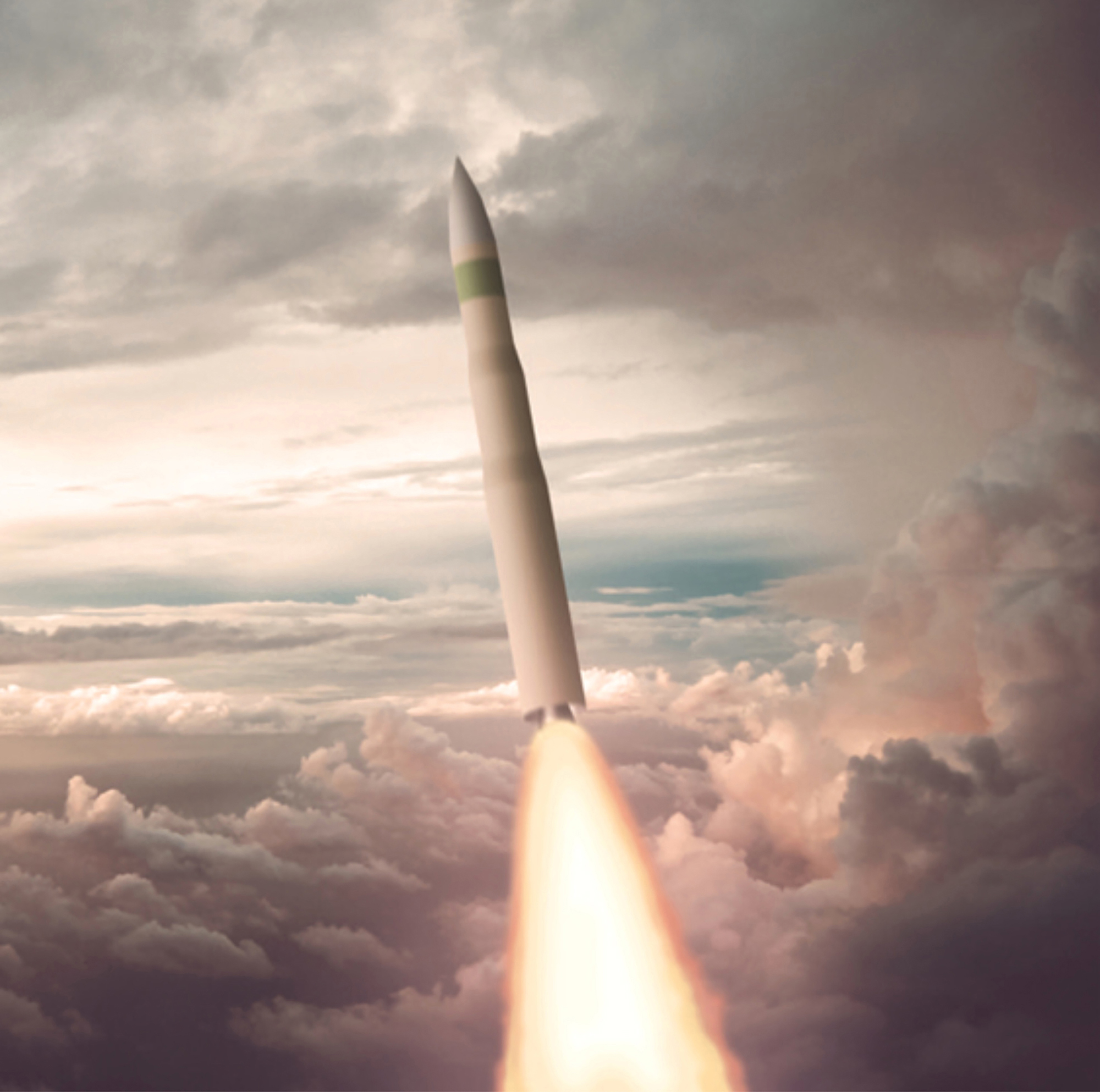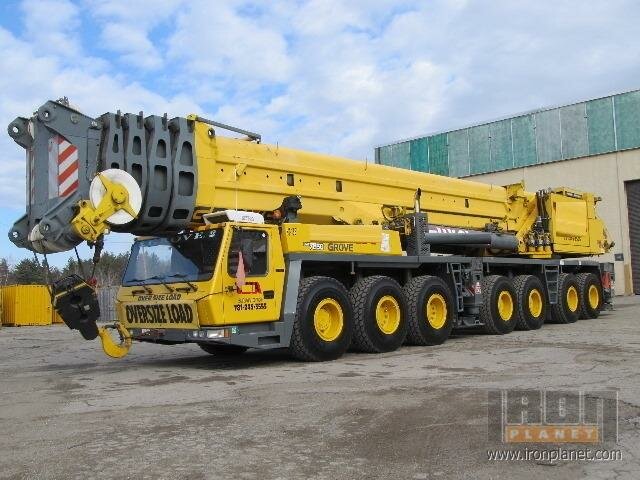Scott Kenny
ACCESS: USAP
- Joined
- 15 May 2023
- Messages
- 11,628
- Reaction score
- 14,305
We even swapped out a few birds in the Georgia and Kentucky while I was onboard. And that was before Georgia was confirmed for an SSGN conversion and completely offloaded.Missiles NEVER just 'sit' in the silos!
It was a standard thing. Done in a place that I swear had all the wind in the world blowing through it...



